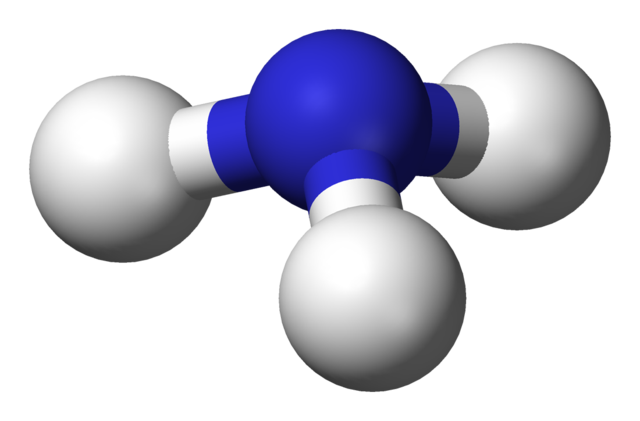GCSE Chemistry only - not for combined (double) science.
|
1. Which statement is always true about a reaction in dynamic equilibrium?
- A. The concentration of reactants is equal to the concentration of products
- B. The concentration of products is greater than the concentration of reactants
- C. The forward and reverse reactions are occurring at the same rate
- D. The forward and reverse reactions have both stopped
|
|
Q2-5: Ammonia is produced industrially in the Haber Process. The reaction is exothermic.
N2(g) + 3H2(g) ⇌ 2NH3(g)
The process operates at a temperature of 4500C and a pressure of 200 atm. |
 |
2. The reason that a higher temperature than 450°C is NOT used in this process is because ...
- A. the equilibrium would move to the left reducing the amount of ammonia
- B. the equilibrium would move to the right increasing the amount of ammonia
- C. the rate of reaction would be slower at a higher temperature.
- D. the rate of reaction would be faster at a higher temperature.
|
|
3. The reason that a lower temperature than 450°C is NOT used in this process is because ...
- A. the equilibrium would move to the left reducing the amount of ammonia
- B. the equilibrium would move to the right increasing the amount of ammonia
- C. the rate of reaction would be too slow at a lower temperature.
- D. the rate of reaction would be too fast at a lower temperature.
|
|
4. What would happen to the rate at which equilibrium is reached if a pressure of 100 atm was used instead of 200 atm and if a catalyst was added?
| |
Pressure 100 atm |
Catalyst added |
| A |
increase |
decreases |
| B |
increases |
increases |
| C |
decreases |
decreases |
| D |
decreases |
increases |
|
|
5. Why is a pressure of 1000 atm NOT used in the Haber Process?
- A. The equilibrium would move to the right increasing the amount of ammonia
- B. The equilibrium would move to the left decreasing the amount of ammonia
- C. High pressures are expensive to maintain
- D. The rate of reaction would increase
|
|
6. A catalyst does not affect the position of equilibrium in a reversible reaction because catalysts ...
- A. increase the rate of both reactions equally
- B. only increase the rate of the forward reaction
- C. only increase the rate of the reverse reaction
- D. do not affect the rate of equilibrium reactions
|
|
7. Temperature can affect both the rate of reaction and the position of equilibrium.
The following reaction between methane and steam is endothermic.
CH4(g) + 2H2O(g) ⇌ CO2(g) + 4H2(g)
What happens when the temperature of this reaction is increased? |
|
| |
Rate of Reaction |
Position of equilibrium |
| A |
increases |
Moves to the right |
| B |
increases |
Moves to the left |
| C |
decreases |
Moves to the right |
| D |
decreases |
Moves to the left |
|
|
8. Which essential elements for the promotion of plant growth are contained in the fertilizer ammonium phosphate, (NH4)3PO4?
- A. nitrogen and hydrogen
- B. nitrogen and phosphorus
- C. phosphorus and oxygen
- D. nitrogen, phosphorus and oxygen
|
|
Q9-10: The fertilizer ammonium nitrate can be produced by reacting ammonia with nitric acid. |
|
9. What type of chemical is ammonium nitrate?
- A. an acid
- B. a salt
- C. an alkali
- D. a fuel
|
|
10. What type of reaction is taking place?
- A. displacement
- B. oxidation
- C. neutralization
- D. combustion
|
|
|
